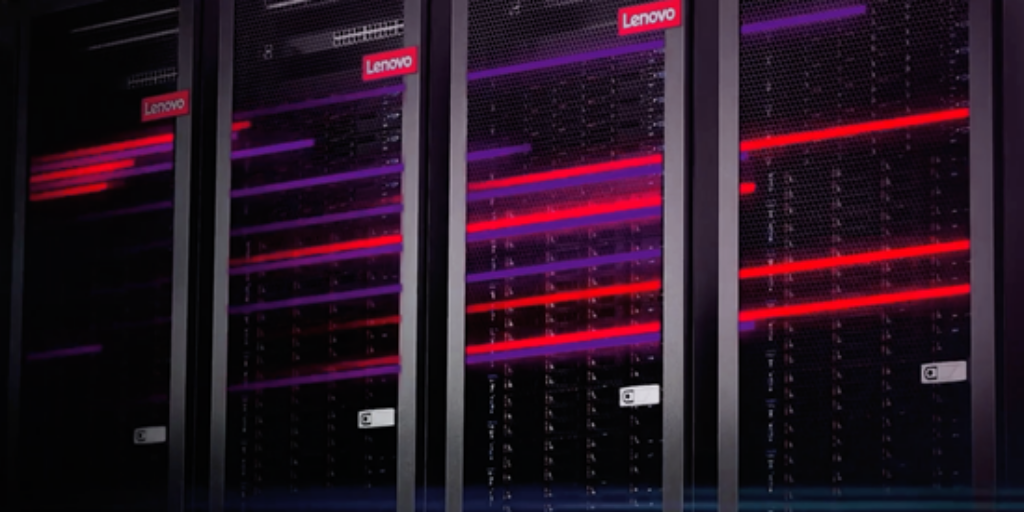Digipede is one of those companies quietly working to make HPC easier for the vast majority of the world that doesn’t currently, and doesn’t want to, use anything other than Windows. They launched at DEMO in 2005 but we haven’t written about them in a while, so here’s a refresher if they are new to you (by the way, if you’d like us to run a 411 on your company, send me an email ).
Their latest news is about the launch of version 2.4 of their flagship product, Digipede Network. In a nutshell, by automatically deploying .NET assemblies (and related files), then distributing and executing .NET objects natively, the Digipede Network adds support for high-performance .NET applications to Windows HPC Server.
“This is a very customer-driven release,” said John Powers, President of Digipede. “We’ve spent a lot of time listening to our most demanding customers, the folks who really push the envelope on grid computing projects. We’ve been pouring over support cases, replicating customer configurations, and really focusing on features and performance improvements that help out with the most extreme cases. As a result, Version 2.4 now handles many of the most difficult grid scenarios more smoothly. For example, customers can handle a huge number of very short tasks more smoothly, and can get greater throughput from I/O-intensive distributed applications. This greatly expands the class of applications that are good candidates for grid computing.”
Digipede’s most recent release also includes the capability to host .NET 4 applications, and has earned Windows 7 certification. “It’s important for us to keep current on Microsoft’s technologies,” continued Powers. “It’s surprising how little work is being done by other vendors to take advantage of the platform Microsoft provides to develop true high-performance distributed applications. We continue to win converts from former UNIX and Linux cluster users when they see how much easier the development experience is with the Digipede Network on Windows.”



